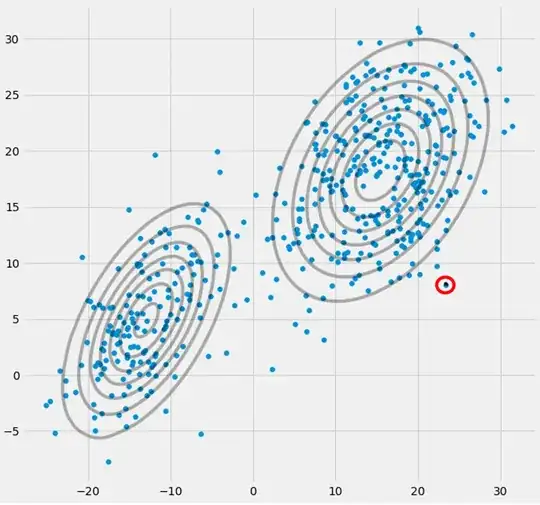I conducted a two-way ANOVA, with perceived diagnosticity, i.e. the ability to evaluate haptic properties of a product, as the dependent variable and sound manipulation (congruent, incongruent and no-sound) and product stimulus (Handtuch and TV) as independet variables. The results are as follows:
Anova Table (Type III tests)
Response: PD
Sum Sq Df F value Pr(>F)
(Intercept) 2056.20 1 784.8304 < 2.2e-16 ***
Manipulation 40.70 2 7.7668 0.0006036 ***
Stimulus 6.47 1 2.4692 0.1180734
Manipulation:Stimulus 0.59 2 0.1126 0.8935742
Residuals 419.19 160
---
Signif. codes:
0 ‘***’ 0.001 ‘**’ 0.01 ‘*’ 0.05 ‘.’ 0.1 ‘ ’ 1
 Since there is a significant effect of the sound manipulation, I would like to explore this further. I see three options: (1) planned comparisons, (2) simple effects and (3) post-hoc tests.
Since there is a significant effect of the sound manipulation, I would like to explore this further. I see three options: (1) planned comparisons, (2) simple effects and (3) post-hoc tests.
(1) planned comparisons
My hypothesis was, that a congruent sound would improve the perceived diagnosticity to a greater degree than no sound, or an incongruent sound. Thus it might make sense to compare the congruent sound, with the combination of no sound and incongruent sound, wouldn't it? Also would it make sense to then conduct any of the other tests?
(2) simple effects
Andy Field et al. (2012) seems to use simple effects, as a consequence of having had a significant interaction effect. This is not the case here. Yet would it not make sense to use simple effects and compare the congruent sound with the no-sound and incongruent sound separately? or any other comparison?
(3) post-hoc tests
Would it still make sense to conduct post-hoc tests, if I decide to go with any of the above options?
I am a bit lost, as to what tests make the most sense, from a reporting perseptive. Any thoughts are welcomed.